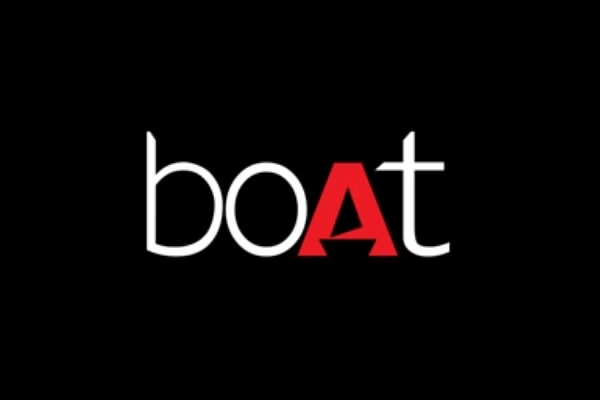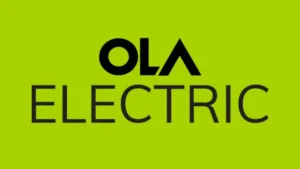01 BAJAJ ENERGY LIMITED IPO

PARENT COMPANY:
Bajaj Group.
Managing Director : vinay kumar singh Bankot
Founded: 2008
Strengths & Risks:
- one of the largest independent power producers in uttar pradesh
- principal fual supplier is Cental Coal field Ltd.
- Operational Power plants have a gross capacity of 2430 MV.this according to the draft red hearring published in 2019
- most of the income is derived from Electricity sales to one custumer: Uttar Pradesh Power Corporation Ltd.
- As per DRHP, LPGCL is involved in disputes with UPPCl for tarrif payment.
- Opprations carry risk of Environment damage.
Issue Size of IPO :
Issue Size for RS 5450 crores out of which is RS 5150 crores in fresh issue and rest is an offer for sale.
02 OYO IPO
Oyo is leading, new-age technology platform empowering the large yet highly fragmented global hospitality ecosystem. its mainly focus on the short stay accommodation space.

PARENT COMPANY
ORAVEL TRAVELS LTD
Managing Director : Ritesh Agarwal
Founded: 2008
Strenghts & Risks
- One of the Largest Footprint in terms of hotels storefrounts in india.
- Second largest players in Europe in term of home storefrounts among full stack short stay.
- All In one technology platform,
- Asset-light Business model and a lean cost structure.
- impact of the Covid-19 pandamic on the travel industry .
- negative cash flow in pirior year.
- A substantial amount of debt in the past.
Issue Size of IPO :
Issue Size for RS.7000 crores and offer for sale of RS 1430 crores.
03 Fabindia IPO
Fabindia is an Indian chain store retailing garments, furnishings, fabrics, and ethnic products handmade by craftspeople across rural india. Fabindia is a legacy brand focusing on handcrafted, indigenous products. The company has established a brand built on artisanal heritage and tradition, inherited across various product categories. Fabindia links around 50,000 craft-based rural producers to modern urban markets, thereby creating a base for skilled, sustainable rural employment, and preserving India’s traditional handicrafts in the process.

PARENT COMPANY
Fabindia Ltd.
Strenghts & Risks
- Leading consumer lifestyle brand focused on authentic craft-based products made using sustainable materials & practice.
- Targets people who desire high-quality Indian lifestyle and organic products.
- Sustainable business model which prioritizes the interests of Supplier Community.
- Established supplier network and supply chain infrastructure
- Growth of online retailers may create pricing pressures, increase competition, and adversely affect business, results of operations and financial condition.
- Significant dependence on a network of Contract Manufacturers (who in tum engage artisans) and farmers for the manufacture of products.
- Significant portion of revenues is dependent on the sale of clothings.
Issue Size of IPO :
Issue Size of this ipo is RS 4000 crores.
04 boAt IPO
Imagine Marketing (boAt) is a digital-first consumer products company and one of the largest indian digital-first brands in terms of revenue from operations for the financial year 2021. It was founded in 2013 and is led by its flagship brand “bot” which was launched in 2014. It has products in various segments. It provides audio wearabtes such as wired headphones and earphones, wireless headphones and earphones (neckbands), bluetooth speakers, home theatre systems among others. It also consists of smartwatches, gaming accessories that include wired and wireless headsets, mouse and keyboards, mobile accessories and personal care appliances

PARENT COMPANY
Imagine Marketing Ltd
Managing Director : Vivek Gambhir
Founded: 2013
Strenghts & Risks
- One of the largest Indian digital-first brands with leading market positions across multiple fast- growing product categories.
- Company’s flagship brand “bot” is a consumer brand with strong market positioning and a clear value proposition.
- Digital-first platform capabilities are targeted to enable growth and continue to allow building a presence across multiple consumer categories.
- RedGear brand to cater to the gaming headsets and controllers (keyboard, mouse, mouse pad, joystick) market.
- Operates in a highly competitive industry including large and established competitors.
- Dependence on a number of third-party contract manufacturers and component suppliers for the production of its products.
- Risks associated with overseas procurement, such as geographical concentration and foreign currency exchange risks
- Disruptions in its relationships with certain online marketplaces and offline distributors.
Issue Size of IPO :
Issue Size for RS 900 crores and offer for sale of RS 1100 crores.
05 OlA Electric IPO
Ola Electric was founded in 2017 with a vision to accelerate the world’s transition to sustainable mobility. Bhavish Aggarwal, the CEO of Ola, identified the need to address environmental concerns and reduce dependence on fossil fuels in the transportation sector. Ola Electric has been primarily focusing on electric two-wheelers and three-wheelers. Their flagship product is the Ola S1 electric scooter, which was launched in August 2021. The scooter garnered significant attention for its features, design, and competitive pricing.Ola Electric has set up a large manufacturing facility in Tamil Nadu, India, to produce its electric scooters. The facility, known as the Ola Futurefactory, is touted to be one of the largest scooter manufacturing plants globally, with an annual capacity of over 10 million vehicles once fully operational.

PARENT COMPONY
Ola Electrics
Managing Director : Bhavish Aggarwal Founded: 2017
Strength & Risks
- OLA Electric is a leading player in India’s fast-growing electric two-wheeler (E2W) market. company anticipates E2W penetration growth from 4.5% in 2023 to 41-56% in 2028.
- Ola Electric’s focus on electric vehicles contributes to reducing carbon emissions and environmental pollution, helping combat climate change and improve air quality.
- OLA Electric led India’s E2W market with 31% of total E2W registrations in September 2023.
- The company has a digitally driven D2C (direct to customer) sales and service model. This allows cost advantages, low vehicle inventories at experience centers and centralized distribution. The system enhances demand forecasting and facilitates precise supply orders and production schedules.
- The widespread adoption of electric vehicles requires adequate infrastructure, including charging stations and grid capacity. In many regions, infrastructure development may lag behind the adoption of electric vehicles, posing challenges for user
- Ola Electric, established in 2017, has a limited operating history in the EV market and has consistently incurred losses. For instance, they reported losses before tax amounting to 267.16 crores for the three months ending June 30, 2023, and 1,472.08 crores in Fiscal 2
- Despite advancements in battery technology, electric vehicles often have limited range compared to conventional vehicles, which may lead to range anxiety among users, especially for long-distance travel.


Can you be more specific about the content of your article? After reading it, I still have some doubts. Hope you can help me.